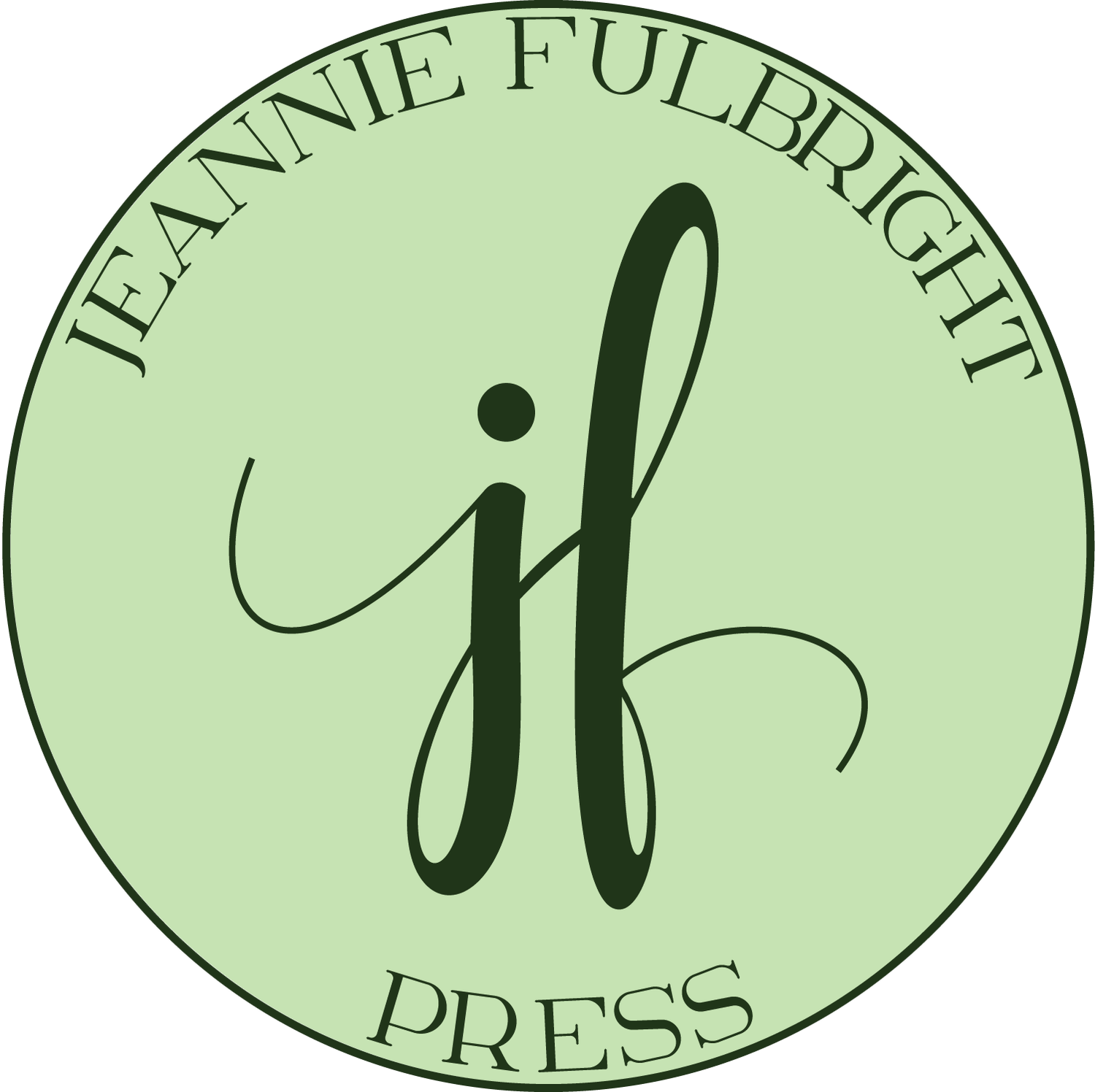How to Cultivate the Art of Free Time in Your Homeschool
Free time in the homeschool is an art. One worth pursuing. It’s a long forgotten yet invaluable rhythm of education and is truly one of homeschooling’s best kept secrets. Not only is it necessary to understand the importance of free time, you need to know how to implement it into your homeschool day. Leisure was a cornerstone of Charlotte Mason’s methodology, and she provided ample amounts for her students. In addition to their academic studies, each day Charlotte would give the students large blocks of free time to pursue their own interests and passions, like the arts. They engaged in “special studies” where each would create his own course based on his curiosity about a subject. It allowed the students time to discover who they were and what was interesting to them. The topics they pursued were often clues to who they would be when they grew up.
Leisure was a cornerstone of Charlotte Mason’s methodology, and she provided ample amounts for her students. In addition to their academic studies, each day Charlotte would give the students large blocks of free time to pursue their own interests and passions, like the arts. They engaged in “special studies” where each would create his own course based on his curiosity about a subject. It allowed the students time to discover who they were and what was interesting to them. The topics they pursued were often clues to who they would be when they grew up.
If children are given ample time for undirected discovery, they will pursue the interests and passions that develop the best of who they are.
Sadly, public and private school students don’t have this luxury. Rushed, they are up and out of the home early, only to sit at a desk for 7-8 hours day after day trudging through prescribed activities. Everything is mandated and dominated by someone else’s interests. The opportunity to figure out what they want and pursue it is lost. After participating in sports or extracurricular activities, the kids go home, complete homework, and then go to bed. They are often so weary by the time they get home, many just want to mindlessly consume entertainment with the little bit of time they have left. The day is gone. And so is the free time needed to develop the unique person they were made to be.I began understanding how special homeschooling was when my older daughter was 8 or 9 and decided to create American Girl clubs. With great vision and excitement, she and a friend spent the entire spring at the library learning everything they could about the culture of each American Girl. They wrote scripts and lesson plans and came up with creative crafts and time period snacks. I thought to myself, “What 9 year old girl would have the desire to study American history and teach it in a creative way to younger girls?” “What young elementary girl has the ample time needed to immerse herself in this creative study and pursuit?” “Who at this age would have the confidence to step out with such initiative?”It was then I understood the truth about leisure: A child who is given ample free time will spend that time doing something valuable. My daughter held three camps that summer with 10-12 girls in each. They were a smashing success!Could a child whose life is so prescriptive—every moment scheduled—accomplish what my daughter did? I don’t believe so. At least not to the degree in which my daughter was able to immerse herself in the pursuit.As a child, my son was very interested in science and spent all his free time (which was a lot!) studying the field guides of lizards and birds. He became interested in physical fitness during his middle school years and invested a lot of time watching videos and reading about health, nutrition, and exercise. As a sophomore in college and a biomechanics major, my son worked with a PhD professor in the biomechanics department at his school because of his passion for the subject. He got this job because he had blocks of free time in our homeschool to pursue and develop this passion throughout his childhood.When my daughter was 11 she created a ballet magazine in her free time when she wasn’t dancing. She took photos, wrote articles and devotionals, and held contests for subscribers. Now, at age 26, she is a contributor to The Atlantan Magazine with full page spreads of photos she’s taken. The interest she pursued in her free time as a child is the very thing she is doing as an adult in her career.
Charlotte Mason imparted great wisdom when she encouraged moms to give their children ample free time.
As homeschool moms we often feel consumed by the need to finish every curriculum, every worksheet, everything on the agenda. Yet we need to guard against filling our children’s days with tightly scheduled lessons and activities. Failing to provide the free time that allows our children to discover who they are robs them of the opportunity to explore the world and all the different things they could do with their life.Studies reveal that students receive only 4-15 minutes of active instruction during most hour-long classroom lectures. In homeschooling, your children’s learning time is maximized. They don’t need a full hour of instruction on every subject. What they learn in 15 minutes is equivalent to an hour of formal school instruction.One study done with medical school students compared those who were given 60 minute classes and study sessions to those who were given 30 minute classes and study sessions. When the board scores came back, they found that the students who studied in 30 minute blocks had significantly higher scores than those who studied for an hour.This study strengthens what we know as homeschoolers: short lessons are better. In fact, short lessons are a Charlotte Mason standard. She strongly believed lessons should be short even for high schoolers. The 30 minute timeframe is far more effective when learning new material. In the elementary years, give them an even smaller period of time, 15 minutes max per subject. This allows your children to study more subjects in a day.When I implemented these short learning segments into our homeschool, I used egg timers set for 15 minutes. Though it may not seem much would be accomplished in that short time, I discovered my children actually got more done because they realized if they focused for 15 short minutes, they would be finished with that subject for the day. This motivated them and made our study time more effective. It was the best way I found to implement short lessons.If you incorporate this philosophy of short lessons into your homeschool, your children will have ample free time to spend pursing the interests that are special for them. It frees up a few hours a day to devote to cultivating their passions.What’s difficult for a lot of moms is this false idea that you need to finish every part of every lesson in the curriculum. Let me free you by telling you that no, you don’t. You are the master of the curriculum, and you decide how much of each lesson your children should do. Don’t let the curriculum writer or schedule dictate to you how to spend your homeschooling hours.
This is your unique homeschool and the curriculum is there to serve you and your children’s needs.
My daughter graduated from the University of Georgia magna cum laude and I don’t think we ever finished one single curriculum in her entire homeschool education, even through high school. And let me tell you a little secret: the public and private schools don’t either. They skip around a lot and if they finish 75% of the curriculum, it’s a miracle! Don’t let the curriculum own you; you own it!Relax and enjoy this journey because what really matters is that your children discover who they are. That they discover their passions and interests. That they have ample opportunity to develop themselves into the unique person God is shaping them to be. God has a plan and purpose for your child. He has already prescribed those good works your child will walk in when they are old.During these homeschool years, allow your children ample free time to pursue those things that are piquing their interests because often times those very interests are the things God is placing on their heart. They are the giftings God has given to them.And as our children step out to immerse themselves in these hours of discovery we need to take our hands off the reigns and allow our children the space and freedom to learn. We need to trust God is guiding them. Charlotte Mason calls this the Masterly Art of Inactivity.
Homeschooling is a blessing.
It allows our children this gift of leisure. It puts our children on the fast track to figuring out who they are what it is they really love to do. Giving your children ample free time truly is one of the most effective and joyful ways to educate your children.

